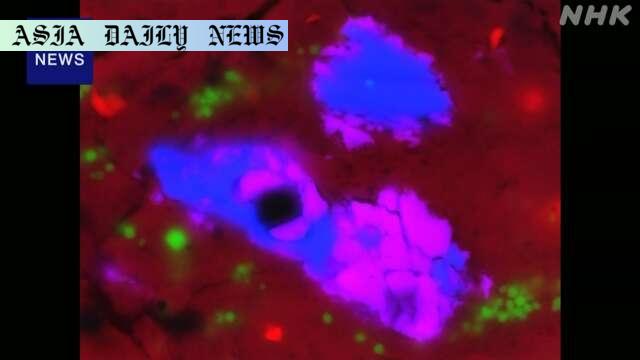Asteroid: Japanese researchers discover rock samples from asteroid Ryugu, believed to be the oldest ever found in the solar system.

Introduction to the Astounding Discovery
In a groundbreaking achievement, Japanese researchers have made a landmark discovery regarding the origins of the solar system. Rock samples retrieved from asteroid Ryugu, collected by the Japanese spacecraft Hayabusa 2, have been identified as the oldest material ever found in the solar system. These tiny specimens, each measuring less than 0.1 millimeters in size, have been dated to an astonishing 4.5673 billion years old. This makes them older than the asteroid itself, offering unprecedented insights into the early formation of celestial bodies.
The Asteroid Ryugu and Its Intrigue
Asteroid Ryugu, a carbon-rich celestial body, was carefully chosen as the target for the Hayabusa 2 mission due to its potential to reveal secrets about how our solar system formed. The asteroid is composed of minerals that formed during interactions with water approximately 4.562 billion years ago, slightly younger than the newly identified rock samples. Intriguingly, researchers have suggested that Ryugu likely originated from a region farther from the sun before migrating to its current location. This repositioning may hold clues about the dynamic processes within the solar system during its infancy.
Implications for Early Solar System Studies
The findings, led by researchers from Hokkaido University, not only refine our understanding of Ryugu’s origins but also offer vital data about the early solar system. According to Associate Professor Kawasaki Noriyuki, these rocks were formed at remarkably high temperatures shortly after the solar system’s birth. Their preservation provides a glimpse into the behavior of raw materials that eventually coalesced to form planets, asteroids, and other celestial objects. Studying such ancient fragments enables scientists to decode the processes that shaped our cosmic neighborhood billions of years ago.
Future Impacts and Scientific Endeavors
The Hayabusa 2 mission represents a monumental scientific effort, and its success underscores the importance of sample-return missions. By analyzing these unparalleled specimens, scientists can form a more cohesive timeline of solar system evolution. Additionally, these discoveries may have implications for future exploratory missions and exoplanet studies. Understanding the mechanisms that governed early planetary formation in our solar system could serve as a comparative model for other star systems, shedding light on the universe’s broader narrative.
Conclusion
This discovery highlights the role of international collaboration, advanced technology, and persistent exploration in uncovering cosmic mysteries. By studying asteroid Ryugu and its ancient components, scientists deepen our grasp of the universe’s origins. As humanity reaches deeper into space, these insights serve as reminders of the profound connections between Earth and the cosmic materials from which it was formed.
Commentary
The Significance of Studying Asteroids
Asteroids like Ryugu offer a treasure trove of information about the earliest phases of the solar system. They are essentially time capsules, preserving the building blocks of planets and other celestial bodies. The ability to extract and study samples dating back over 4.5 billion years is a monumental achievement in modern science and a testament to the ingenuity of space exploration missions like Hayabusa 2. This pursuit not only feeds into our curiosity about the cosmos but also provides practical insights into planetary formation, space resource utilization, and the origins of life itself.
A Milestone in Space Exploration
The Hayabusa 2 mission exemplifies the power of teamwork and perseverance. The capability to send a spacecraft into deep space, extract minuscule samples from an asteroid, and return them to Earth untouched by atmospheric contamination is extraordinary. Such missions pave the way for even more ambitious endeavors, like the recent push to explore Mars or investigate icy moons in our solar system. These successes inspire future generations of scientists and engineers to challenge boundaries.
Broader Impacts on Humanity
Discoveries like this are more than academic achievements—they enrich our understanding of humanity’s place in the cosmos. By tracing back the origins of celestial materials, we gain context about the Earth’s formation and the delicate conditions that allowed life to flourish. In an era where globalization and cooperation are crucial, projects such as these stand as beacons of what nations can achieve when working toward a collective goal. The story of Ryugu is not just about rocks; it reflects the human spirit’s innate desire to explore and understand.


